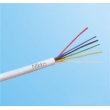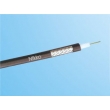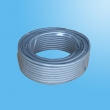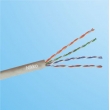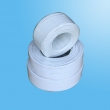A life without Coaxial Cable, is a life without entertainment. Why, you ask? Well, for many of us, it’s the reason we can watch the latest NBA game or simply relax with the latest episode of Lost or with the sound of Wentworth Miller planning another prison break. It’s the reason the unmissable is now unmissable – with You Tube and internet playback channels. And it’s also the reason why, wherever we are, we always seem to have some way to communicate.
Whether it’s through radio, telecoms or TV, if you are looking to transmit even high-frequency data, a Coaxial Cable is the way to do it. In simple terms, the cable consists of an inner conductor (solid wire or stranded), an insulating layer, a grounded shield (usually of braided wire) and a protective outer layer, often PVC (Polyvinyl Chloride). The conductor and the shield share the same axis (hence the name Coaxial) and the signal is usually carried between them. The shield is important in minimising the energy released from the signal and helping prevent interference from other electromagnetic fields.
No two Coaxial Cables are the same so it is vital to note the differences. Choice of conductor, the size of the conductor, the type of insulation and shielding materials can all affect the performance of the cable (such as loss of data and signal strength). And certain types are better for some jobs than others. There is also a variation in price, so research in the early stages can make all the difference to overall project costs.



